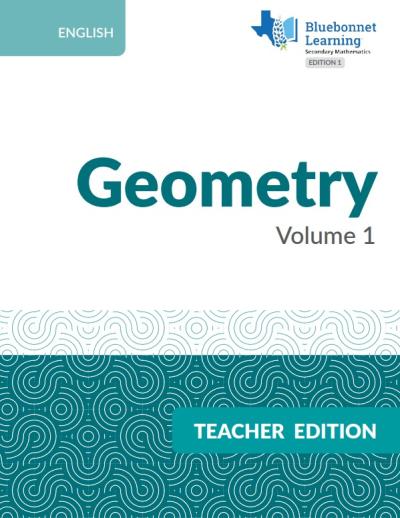Evaluation for 3.2a
Materials include explicit (direct) prompts and guidance to support the teacher in modeling and explaining the concept(s) to be learned.
The "Teacher Edition" provides prompts and guidance to support teachers in modeling and explaining concepts, including facilitation notes, discussion questions, and identification of common misconceptions. For example, in Module 4, Topic 2, Lesson 1, Activity 1, the materials guide teachers in modeling the concept of "Rotating 2-D Shapes through Space." "In this activity, students cut three different two-dimensional shapes—a rectangle, a disc, and a triangle—from an index card, tape each to a pencil, and then rotate the pencil." Direct prompts are provided during the activity, such as, "When the rectangle was turned lengthwise and then taped, how would that affect the image of the solid associated with the rotation?" There is guidance for common misconceptions during the activity, such as, "students may use the terms geometric shape, geometric figure, and geometric solid interchangeably." It notes that "the description of a shape or figure may include one, two, or three dimensions, whereas the description of a solid must include three dimensions." The "Teacher Edition" offers prompts and guidance to support teachers in modeling and explaining concepts, with side notes like "Stamp the Learning" for activities with Worked Examples. For instance, in Module 5, Topic 2, Lesson 2, Activity 2, the Worked Example is how to derive the formula for the conditional probability of two independent events. The "Stamp the Learning" note highlights this as an opportunity for explicit instruction, guiding teachers to "interact with this information as a class and encourage students to restate or explain the information in their own words." The activity includes direct prompts such as "When determining the conditional probability, what is the new sample space?" and "Why was it important to get total in each denominator?"



